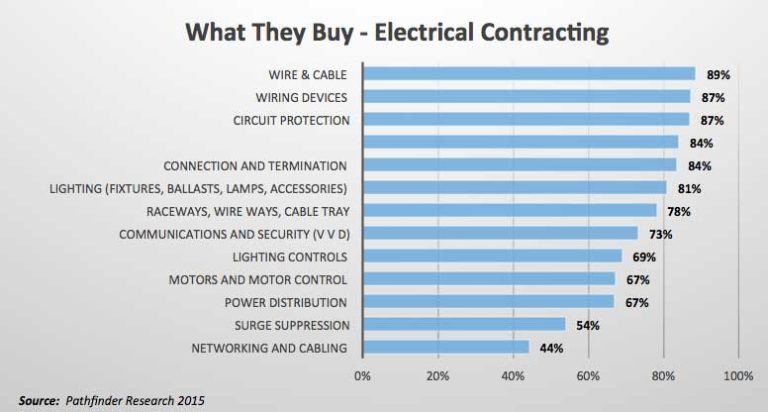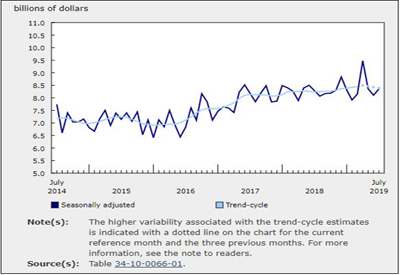Understanding the Difference in Lumen Intensity — HID vs. LED

May 7, 2017
The modernization of lighting systems has generated a significant improvement of the energy efficiency. Thanks in large part to our industry’s innovative technologies, lighting products are more efficient while energy use has been reduced substantially. Following are a few definitions of lumen as well as some measurements based on various light source technologies.
Initial lumens
All light sources fade over time; light intensity diminishes to a point that it becomes inefficient, though it does not cease to function. When we first turn on a light, its luminosity is at its highest degree: this is called initial lumen. In the case of a LED light, we need to wait 45 minutes after initial lighting to measure this level as the diodes need time to stabilize. In the case of an HID light, the measurement is calculated after 1,000 hours of use. This process is called burn-in.
Lumen maintenance and L90/L70/L50 documents
Lumen maintenance is linked to the life span of a lamp or a luminary; in actual fact, a LED never ceases to function. In theory, it is everlasting, so long as there is an electrical current to feed it. The gradual fading of a light source’s intensity is what renders the lamp or luminaire obsolete.
In the case of lighting products that use an LED system, we refer to technical documents known as L90, L70 and L50, which calculate the life span of a LED luminaire’s circuit board in hourly increments. We estimate the amount of light that the diodes produce when this luminaire diffuses 90% (L90), 70% (L70) or 50% (L50) of the quantity of initial lumens. Actually, a 70% deterioration corresponds to the stage at which the human eye registers a decline in the intensity of light. The human eye will only be inconvenienced when light intensity reaches a level of 30%. So, when we state that a luminaire has a 72,000-hour lumen maintenance, it means that we can expect to notice a reduction of light intensity after 72,000 hours of use. However, this does not mean that the luminaire will cease to function.

Delivered lumens
The expression “delivered lumens” (or absolute lumens) describes the luminous flux generated by a lighting system when factoring in the optical loss factor of this system.
Conventional vs. LED lighting
In the case of conventional technologies, such as HID, only the lamp’s intensity is measured; optical loss is not taken into account. This is why we talk mainly about delivered lumens. In the case of LEDs, the luminaire is tested, in which case optical loss is considered as a factor. Thus, in the case of LED lighting, we refer to absolute lumens.

When comparing the output of an HID light source to that of an LED light source, we examine a number of factors, such as the lifespan of the light source, the lumen maintenance over time, as well as optical loss (specifically for the HID light source). In other words, we measure the luminous flux of the HID lamp installed in a luminaire so as to measure its efficiency. This way, we can compare the delivered lumens of both light technologies.
This article was first published as a Standard’s online journal.
















